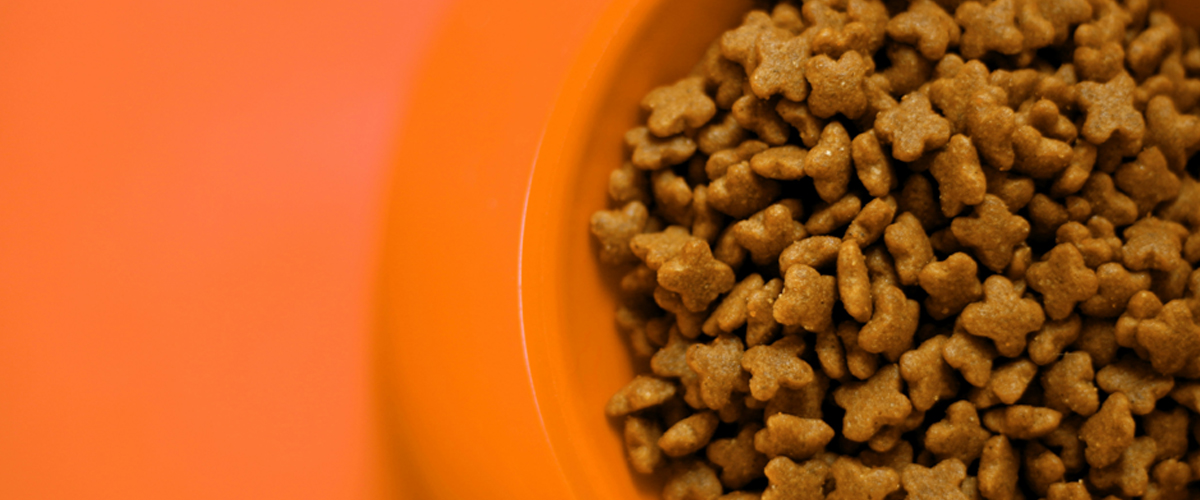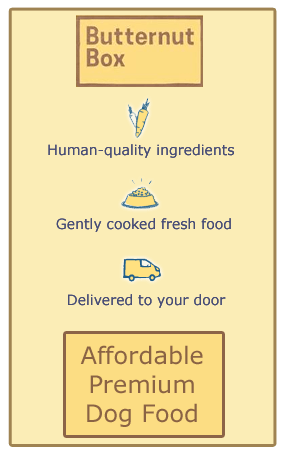Welcoming a new puppy into your home is a bundle of joy – but with those puppy dog eyes comes great responsibility, including providing a nutritionally sound diet.
PUPPY NUTRITION
The decisions you make early on regarding your puppy’s diet can set the stage for a healthy, happy life. However, the world of dog food can be as bewildering as a walk in a dog park during rush hour. In this guide, we’ll help you untangle the kibble and serve up the essential ingredients for your pup’s diet, ensuring they grow up to be the healthiest, most energetic canine they can be.
WHAT’S ON THE PUPPY PLATE? THE BASICS OF CANINE NUTRITION
Just as humans require a balance of proteins, fats, carbohydrates, vitamins, and minerals to thrive, our furry companions need a similar diet to support growth, energy, and immune function. But how do you know what’s right for your ball of floof?
UNDERSTANDING YOUR PUP’S NEEDS
Puppies have different dietary needs compared to adult dogs. They require more calories, nutrients, and frequent meals to support their rapid growth and development. From birth to 8 weeks, your pup should be nursing on their mother’s milk. But what happens next?
THE FIRST FEW MONTHS
Make a smooth transition from mother’s milk to solid food by offering easy-to-chew, high-quality puppy food. Look for brands specifically formulated for puppies, ideally those recognized by veterinary professionals. These foods are balanced to supply the essentials for growth and include the right amount of calcium and phosphorus, crucial for bone health.
BULLDOG VERSUS BEAGLE
Breed size can significantly impact feeding recommendations. Large-breed puppies, such as Great Danes and Mastiffs, grow at different rates than small-breed puppies like Chihuahuas or Yorkies. Large breeds are prone to musculoskeletal issues if they grow too fast or become overweight, so they require special consideration in their diet. On the other hand, small breeds may require more energy-dense foods to support their metabolism.
READING THE LABELS
Not all puppy foods are created equal. Here’s what to look for when scanning those labels:
- A statement from the Association of American Feed Control Officials (AAFCO) proving that the food is nutritionally complete and balanced.
- A formulation that meets the needs of puppies established by the National Research Council of the National Academies.
- A first ingredient of meat, with a protein content between 22-32%.
- Essential fatty acids like DHA that promote brain and vision development.
PORTION CONTROL AND TIMING: FEEDING FREQUENCY AND AMOUNT
In the early days of a puppy’s life, they eat several small meals a day. But how many meals are ideal, and what amount is just enough without being too much?
MEALTIME PLAN
Generally, a new puppy should eat four meals a day up to three months, then reduce to three times a day until six months, and then twice a day for the rest of their life. Mealtime should be spread out to avoid overfeeding.
MAKING ADJUSTMENTS
Factors like your pup’s activity level, metabolism, and any specific health issues can influence their meal plan. A veterinarian is your best resource for determining the right feeding schedule and amount.
THE GROWTH SPURT
Puppies go through various growth stages, and their nutritional needs change as they grow. It’s important to adjust their food intake accordingly to account for growth spurts, which can be rapid and demand higher-calorie intakes.
HOMEMADE VERSUS COMMERCIAL PUPPY FOOD
The debate between homemade and commercial dog food has raged for years. Both options have their merits, and which one you choose can depend on various factors.
HOME COOKED LOVE
For those who relish the idea of preparing their pup’s meals at home, it’s essential to research and ensure the diet is complete and balanced. This often means adding supplements to fill in the gaps commercial foods address. Homemade diets can be specially tailored to meet a puppy’s individual needs but require careful planning and preparation.
BAGGED AND CANNED CONVENIENCE
Commercial puppy foods are formulated to provide complete and balanced nutrition for puppies. They’re convenient, and there’s a wide selection that can accommodate various dietary needs, like grain-free, limited-ingredient, and even breed-specific formulas. The downside? Lower-quality commercial foods may use fillers instead of the necessary ingredients to meet a price point.
PICKY PUPS AND DOGGY DIETS: HANDLING EATING HABITS
Is your puppy a prodigy when it comes to picky eating? Dealing with finicky eaters is a common struggle for dog owners.
SOLVING THE PICKY PROBLEM
Sometimes picky eating is behavioral, sometimes it’s due to dietary problems. Here’s how to address it:
- Ensure your puppy isn’t spoiled with too many treats or table scraps that undermine their appetite for their balanced meals.
- Make mealtimes enjoyable and consistent to establish a routine.
- If the problem persists, consult your vet to rule out more serious issues.
SPECIAL DIETS FOR SPECIAL CIRCUMSTANCES
Medical conditions often necessitate special dietary requirements for puppies. For example, pups with allergies, diabetes, or digestive problems will require a specialized diet.
TREATS: MORE THAN JUST A BITE
Treats are an integral part of puppy training and life. They can be motivational and formative, but they should also be a calculated part of your dog’s diet.
CHOOSING THE RIGHT TREATS
Opt for healthy treats that supplement the puppy’s diet without packing on unnecessary calories or using harmful ingredients. Look for those formulated for puppies or with an AAFCO label.
WHEN (NOT) TO FEED YOUR PUPPY
Timing is not just about meal frequency; it’s also about when you dole out those meals.
THE IMPORTANCE OF SCHEDULED FEEDING
Regular feeding times help regulate your puppy’s bathroom habits and can be predictably anticipated by owners and pets. Scheduled feeding can also help in potty training and schedule maintenance.
AVOIDING MIDNIGHT MUNCHIES
Limiting food intake in the evening can reduce the likelihood of night-time accidents and help establish a healthy eating routine. A last meal as early as three hours before bedtime can help with digestion and prevent disruptions through the night.
TRANSITIONING TO ADULT FOOD
At what point do you switch from puppy to adult food? The answer is not as cut and dry as you may think.
THE TIMING OF TRANSITION
Most puppies are ready for adult food between 6-18 months. Large breed dogs develop more slowly and can remain on puppy food longer. Clues such as reaching adult weight, changes in energy levels, and needing less food can signal it’s time to transition.
THE FINAL BARK
Your puppy’s nutrition is a foundational element of their health and well-being. By understanding the basics of canine nutrition and utilizing the tips provided in this guide, you can ensure that mealtime is a happy time that sets your puppy up for a satisfying and vital life. Don’t hesitate to consult with your veterinarian as you design a diet plan tailored to your pup’s unique needs and circumstances.
Remember, every pup is as individual as a fingerprint, so the best advice always starts with knowing your specific pet. With the right care, feeding, and some well-earned treats, your puppy is sure to thrive and bring years of joy and love to your home. The path to a healthy and happy puppy starts with one step — and often, that very first step is mastering their meal plan.
Credit: Original Photo by Daniel Dan on Unsplash








